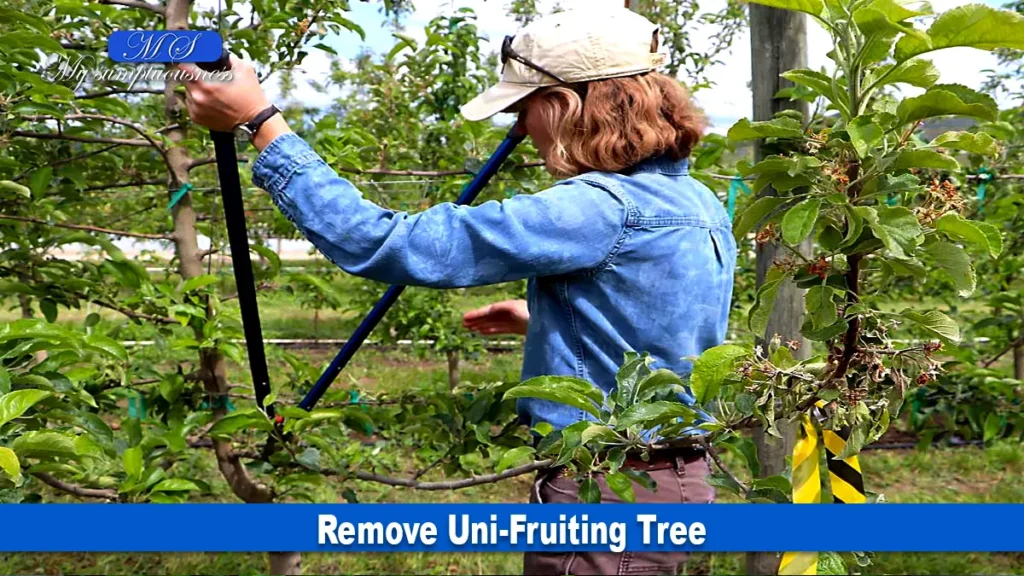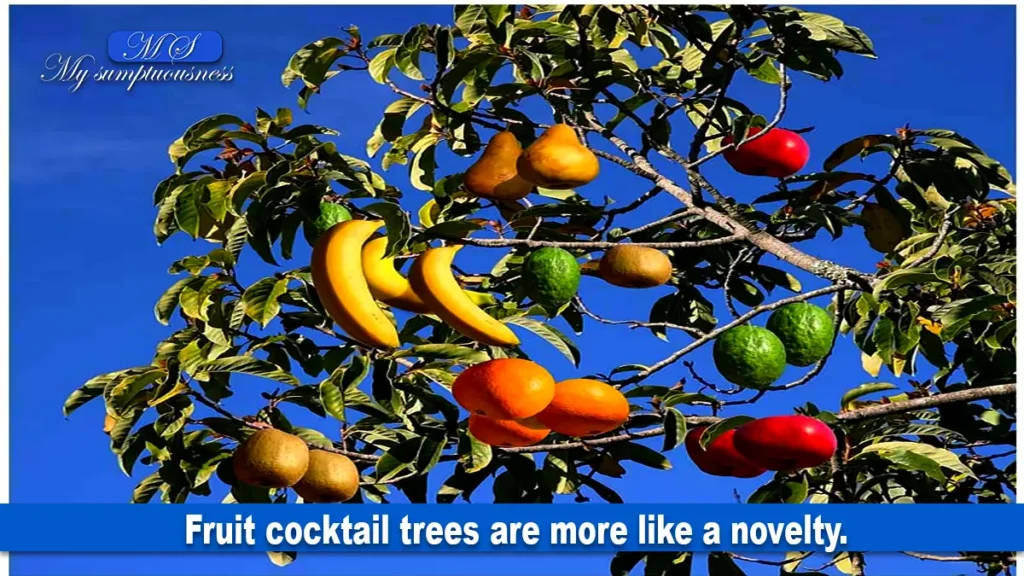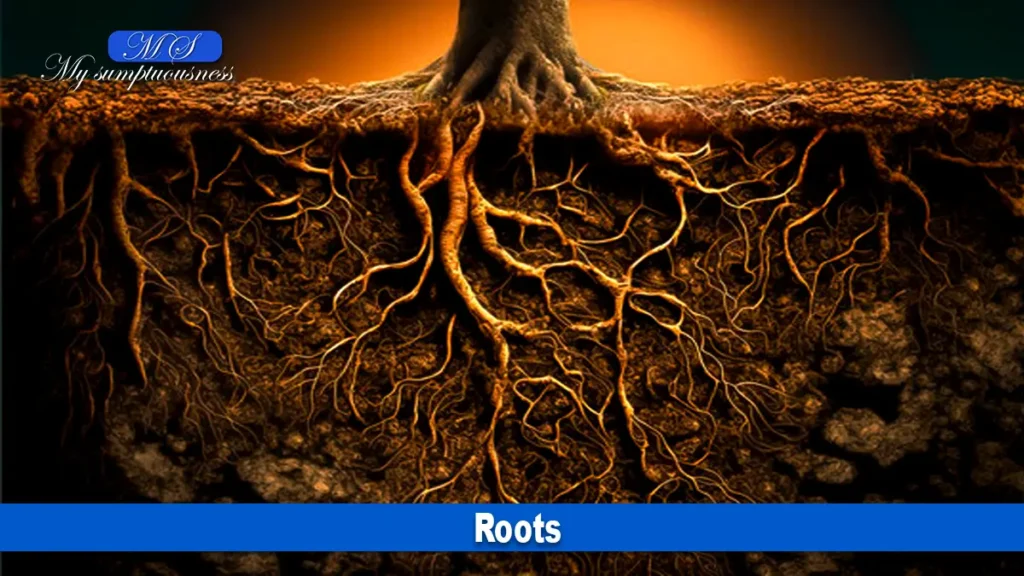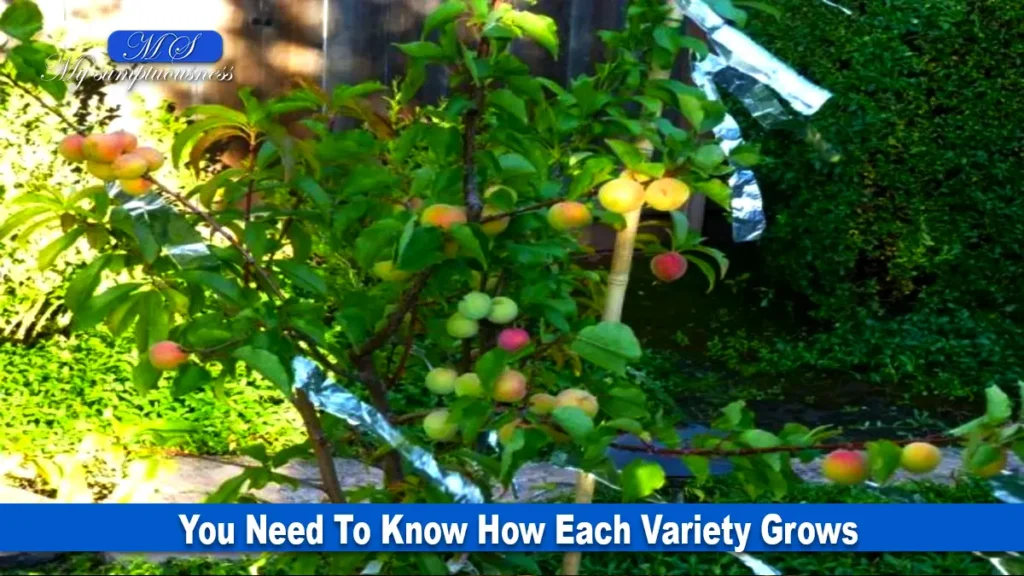Last Updated on 2 November 2023 by mysumptuousness.com
Fruit cocktail trees consist of a deep rootstalk with manifold varieties of fruits grafted onto a single tree. Moreover, it’s a combination of dry fruit varieties (plum, peach, apricot), different types of pears or apples, or even different types of citrus fruits.
Introduction
A few people who have bought 6 in 1 fruit cocktail trees (also famous as cocktail fruit trees) say that these trees consist of a rootstalk with different varieties of fruits grafted onto a tree. Sometimes, it’s a combination of dry fruit varieties (apricot, peach, plum), different types of pears or apples, or even different types of citrus fruits.
An Ideal Explanation
At first sight, this seems like an ideal explanation for those who want to grow multiple varieties of fruits but lack a lot of space. Some may think a multiple-grafted tree is easier to care for than the several single-variety trees in a small space.
Instructions
- Unfortunately, these trees are challenging to maintain. Usually, one fruit variety is more vigorous than the others and will outgrow other branches. This results in the unbalanced growth and often causes the other branches to either die completely or simply underproduced. This is because of the vigorous branch juggling all the nutrients that would otherwise go to the other varieties.
- On a reader’s 6 in 1 fruit cocktail tree, the plums are great. But the peaches may be small and fall off before they are completely ripe and produce bitter fruit.
- A multiple-grafted cocktail fruit tree needs regular pruning to maintain the balance. When I say regular, I mean multiple times throughout the summer besides the normal out-of-season pruning. Even with regular pruning, your tree may continue suffering due to a branch imbalance.
- There are many tightly packed branches near the trees’ roots, and some appear to arise from the rootstalk. The poor-quality peaches may be from either the rootstalk or from the grafted branch. If you say that the fruit is bitter, I need to think that they are from the rootstalk.
Colorfully flowering plant; favorite of gardeners

If the fruit is small but tastes better, it may be because of the grafted branch. For any fruiting tree, it’s necessary to grow the fruit so that there is approximately a six-inch space among the fruits. This averts branch breakage and ensures the remaining fruits to fully develop.

I recommend you to remove this uni-fruiting tree and plant one or several 6 in 1 fruit cocktail trees. Cocktail fruit trees can only be fertilized once in the early spring and once after all their fruits have been harvested. Over-fertilization weakens a tree because of excessive leaf growth.
History
Like many other words, we don’t know much about the origin of the word “cocktail” except that it first emerged in print in “The Balance and Columbian Repository” from Hudson, N.Y., in the year 1806. When a mixture of fruits appeared as a bourbon-soaked appetizer or salad or rum, it was thought that as all salads had vegetables or lettuce, it should be popular to be more of a “cocktail,” and a dwarf fruit cocktail tree was born.
Easiness
Gardeners can also grow their own fruit cocktail all on one tree. The thought of apricots, nectarines and peaches all on one tree is now possible through the modern science of grafting or asexual plant propagation. Of course, the grafted fruits need to be related so they may all grow on the same tree. The so-called dry fruits can also grow on a single tree with apricots, peaches, plums and nectarines, all on the separate branches but on the same tree. Similarly, you can also get trees grafted with four to five types of apples or a tree with multiple types of pears.
Fruit cocktail trees are more like a novelty.

These fruit cocktail trees are more like a novelty. By combining multiple types of pears or apples, you allow a single tree to cross-pollinate the different types of fruits so you may create a mini orchard in the space of a single tree. Moreover, many Home Depot fruit cocktail trees are dwarf, so you can easily grow one in a tiny space also. Several companies provide Home Depot fruit cocktail trees, just like Grandpa’s Orchard or Burgess.
Roots

If your fruit cocktail tree is bare-rooted, keep the roots in water for the whole night. Gently spread the roots apart. Dig a hole that should be slightly wider than the roots. Fill the soil around the roots and water well. Many gardeners do the mistake of filling rich soil in the planting hole or with well-composted manure or fertilizers. You should let the tree roots to grow out from the planting hole and reach deep into the earth. This creates strong roots and saves trees from falling. You can also add leaf mold or a mulch of straw under the tree.
You Need To Know How Each Variety Grows

Once your fruit cocktail tree is growing, you need to know how each variety grows. If some branches or types grow vigorously or too fast, you need to cut them in the summer. Try not to prune too much when the tree is not growing. Let the weaker-growing types grow during the summer. Try to maintain a good balance of each try in the tree. Water regularly during the hot and dry seasons, but do not let the roots be in damp soil for long. Plant a single tree with several types of fruit on it, and you can also soon enjoy your own fruit cocktail tree.
FAQS
Fruit Cocktail Tree is a hybrid plant which offers 6 fruits in a tree – the fruits you can easily use for baking cakes, cooking preserves, or enjoying under the branch.
Fruit cocktail trees emerge through a process called grafting. During grafting, a gardener needs to attach a branch of a tree to a different fruit tree’s trunk. Fruit cocktail trees comprises of a single trunk that holds grafted branches of different fruit trees.
It might surprise you to know that the answer is “no.” Fruit cocktail trees emerge because of grafting, and the popular age-old horticultural technique merges two or more different trees to create a living, multiple fruit-bearing amalgamation.